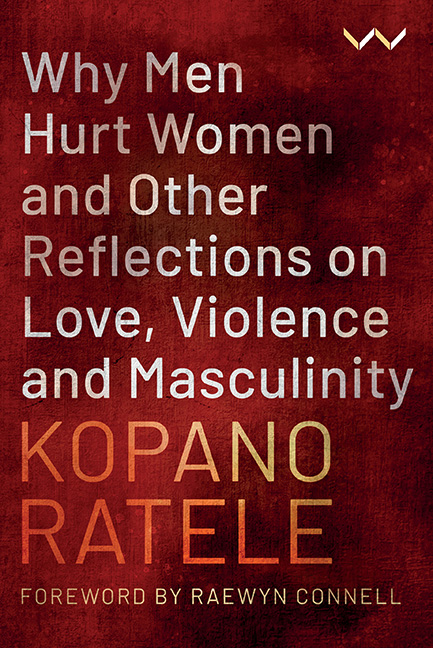Part 2 - Violence
Published online by Cambridge University Press: 24 November 2023
Summary
Violence:
1. (a) The exercise of physical force so as to cause injury or damage to a person, property, etc.; physically violent behaviour or treatment. (b) An instance of this; a violent or injurious act; a physical assault. (c) The unlawful exercise of physical force.
2. The state or quality of being violent in action or effect; great force or strength in operation; vehemence, severity, intensity. Also, an instance of this.
3. Strength of intensity of emotion; fervour, passion.
4. The action or an act of constraining or forcing unnatural change upon something; specifically, (a) misinterpretation or misapplication of a word, etc.
—Lesley Brown, ed., The New Shorter Oxford English Dictionary on Historical Principles
The World Health Organization defines violence as: The intentional use of physical force or power, threatened or actual, against oneself, another person, or against a group or community, that either results in or has a high likelihood of resulting in injury, death, psychological harm, maldevelopment or deprivation.
—Etienne G. Krug, James A. Mercy, Linda L. Dahlberg and Anthony B. Zwi, eds., World Report on Violence and HealthAs a point of departure, let us say that violence is present when human beings are being influenced so that their actual somatic and mental realizations are below their potential realizations. This statement may lead to more problems than it solves. However, it will soon be clear why we are rejecting the narrow concept of violence – according to which violence is somatic incapacitation, or deprivation of health, alone (with killing as the extreme form), at the hands of an actor who intends this to be the consequence.
—Johan Galtung, ‘Violence, Peace, and Peace Research’- Type
- Chapter
- Information
- Publisher: Wits University PressPrint publication year: 2022

